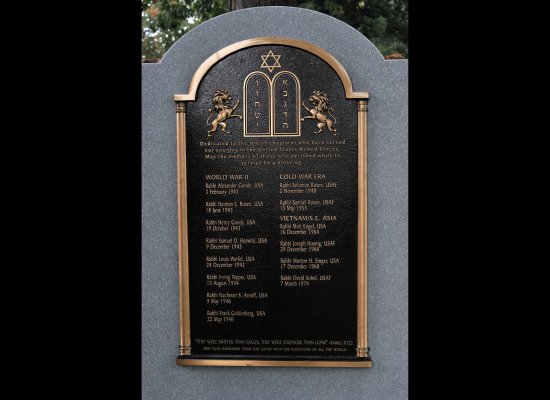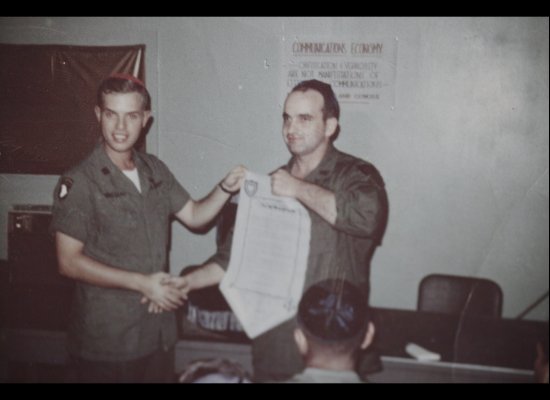
"What more was there to do for my vineyard that I have not done in it?" (Isa 5:4)
A Sermon for the Sixteenth Sunday After Pentecost, Preached at Christ the King Chapel, CFB Suffield, Ralston, AB
Year A Lections for Pentecost 16: Exodus 20:1-4, 7-9, 12-20, Isaiah 5:1-7, Psalm 80:7-15 (14, 15), Philippians 3:4b-14, Matthew 21:33-46
I haven't toured a lot of wineries but whenever I do I am impressed by how much work it is to create a place that grows good wine. Some years back I was visiting friends on Pender Island in BC's Gulf Islands and they took me to
Morning Bay Vineyards. This winery is quite new, and was created by blasting terraces out of the island rock, hauling in good earth, and planting vines brought over from Europe. It took them eighteen months to build the vineyard before they could start production, in what was clearly a labour of love, and they make some very nice wine.
I was reminded of my visit to Morning Bay as I was reading the first lesson from Isaiah, the song of the beloved's vineyard. "My beloved had a vineyard on a very fertile hill. He dug it and cleared it of stones, and planted it with choice vines; he built a watchtower in the midst of it, and hewed out a wine vat in it" (Isa 5:1-2). Isaiah's song of the vineyard is an allegory and a warning. As the vehicle of the allegory, the labour and effort to create the vineyard is a reminder to Israel of the care and love that God has put into his covenant relationship with them. God's chosen people are the "choice vine", and as verse 7 explains, the fruit that this vine is expected to produce is "justice" and "righteousness". In other words, the people of Israel are expected to live according to the law that God gave them, both in their dealings with God and with one another. The warning to Israel is that they have not kept their covenant with God, the vineyard has produced "wild grapes" that cannot be made into wine. In a voice equally mixed with sorrow and anger, God declares that he will destroy the vineyard.
You can imagine how disappointed the owners of Morning Bay Vineyards would have been after all their investment and labour did not produce good grapes. At some point the love and hope and effort poured into a project just isn't enough to make it work. We hear some of that disappointment in God's words as Isaiah relates them: "And now, inhabitants of Jerusalem and people of Judah, judge between me and my vineyard. What more was there to do for my vineyard that I have not done in it?" (Isa 5:3-4).
In the Song of the Vineyard, Isaiah captures both the voices of the God of love who wants to be in relationship with humanity and the anger of God of Justice who is outraged by bloodshed and cruelty. The blending of these voices is far more subtle than the Old Testament, supposedly full of judgement and smiting, is often given credit for.
The theologian Karl Barth, in his discussion of humanity's election by God, called these two voices the No and Yes. The No is the voice of warning and ultimately of condemnation, but it is not ultimately the final voice, or voices. The final voices are both the Yes of God's loving grace and forgiveness, and the Yes of those who choose that grace and forgiveness rather than condemnation.
By way of fleshing out that theological sidebar, let's note that the Song of the Vineyard is not the final song. That song is continued in today's Gospel, in Jesus' exchange with the teachers and the pharisees, and his parable of the vineyard that is grounded on Isaiah 5. Jesus' very act of telling the parable reminds us that the judgement and destruction of the vineyard threatened by the owner in Isaiah has not yet happened. In the parable, God's outreach to his created and chosen people continues, like negotiations continuing to the very last possible minute, wit one side being violently and irrationally intractable and the other being hopelessly generous.
David Lose, one of the wonderful voices of the
Working Preacher website, compares the forbearace of the vineyard owner in the parable to the Sower in the parable of the Sower and the Seed. Both,
he writes, are emblematic of what Lose calls God's "crazy generous love": "Who would do such a thing? No one...except maybe a crazy landlord so desperate to be in relationship with these tenants that he will do anything, risk anything, to reach out of them. This landowner acts more like a desperate parent, willing to do or say or try anything to reach out to a beloved and wayward child than he does a businessman. It's crazy, the kind of crazy that comes from being in love."
To be sure there is Barth's No, the voice of condemnation, in Matthew's parable. Interestingly, though, it does not come from Christ, but rather from Christ's antagonistic interlocutors, who are maneouvered into saying what the owner will do when his Son is killed: "He will put those wretches to a miserable death, and lease the vineyard to other tenants who will give him the produce at the harvest time" (MAtt 21:41). I'm struck by what Loses and others note here, that these words of condemnation are not spoken by Jesus. They come, ironically, from those who will soon, in Matthew's Passion narrative, join in the rejection of Jesus. But these words of condemnation do not come from Jesus himself.
In Isaiah's Song, the owner of the vineyard vows to destroy and tear up what he has lovingly created and offered to humanity. In Matthew, in the shadow of the cross he will soon go to, Jesus the beloved son, with whom God is well pleased, embodies the vineyard. In chosing the cross, Jesus acts out the part of the obedient son in the parable.
In his commentary on Isaiah 5, Mark Gignilliat of Beeson Divinity School makes the spot-on connection between Christ's broken and lifeless body becomes the uprooted vineyard. "It is a powerful image: God the Father before the cross with dead vines in his blistered hands. In the final analysis, God in a triune act of love destroyed his choicest vineyard -- this is my beloved son -- for the sake of planting a vineyard of love and grace in the whole world."
For me the gospel in this Sunday's lections is the reminder of the persistence of God and his desire to be in fruitful relationship with us. In this time of autumn and harvest, as living things shut down and the land becomes bleak, the hope of what God would bring to life in each of us seems somehow greater and more radiant.


















